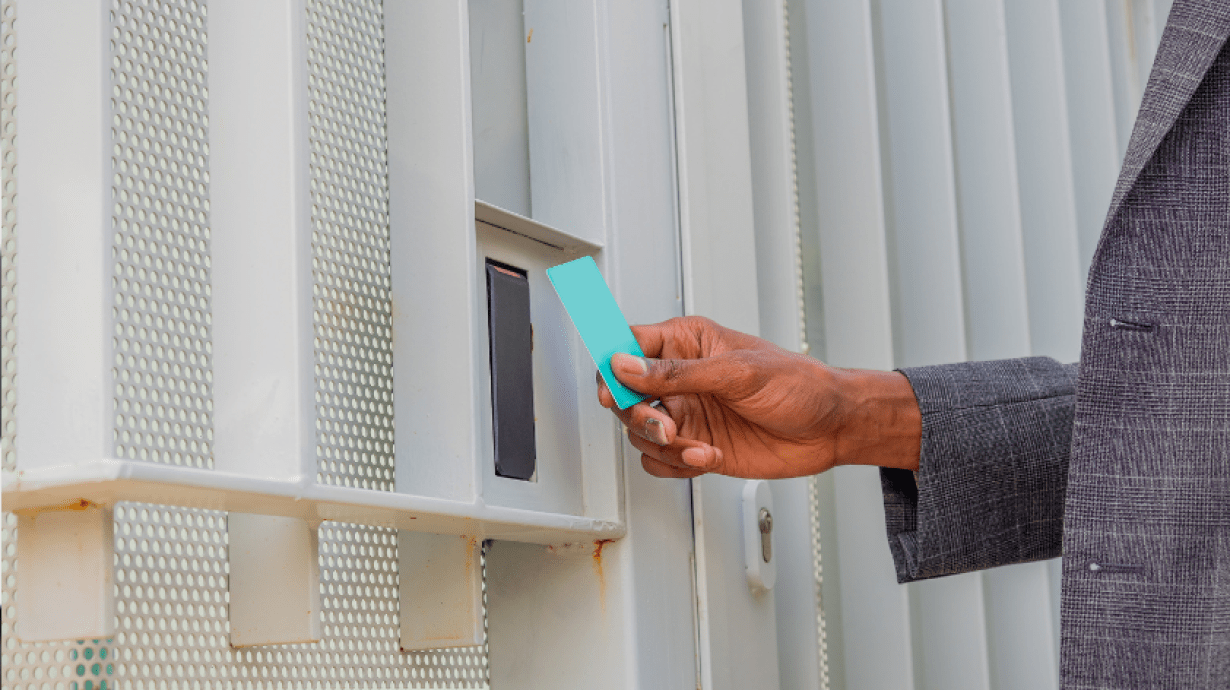
In today’s era of security first, prox card (short-range wireless card), as a core component of access control systems, is gradually becoming the first line of defense for security in all walks of life. From commercial buildings to government agencies, from hospitals to schools, prox card plays an irreplaceable role in access control management, employee identity authentication, vehicle access control and other fields with its convenience, efficiency and security. It not only has diverse application scenarios, but also flexible usage methods.
Enterprises can achieve refined management of employee and visitor access rights by installing access control systems equipped with prox card readers. Employees only need to simply bring their cards close to the card reader, and the system can quickly verify their identities and decide whether to allow access. Combine biometric technology with prox cards to further enhance security in high-protection areas such as data centers and finance rooms.
Prox card can be deployed flexibly and diversely, easily implemented either alone or integrated into more complex security systems. Enterprises can choose to link prox card with surveillance cameras, alarm systems, etc. according to actual needs to build a full-scale, multi-level protection network.
How prox card works
Prox card, full name proximity card, is a wireless smart card based on radio frequency identification (RFID) technology. It has a micro-antenna and a memory chip embedded inside, which can store a unique identification code. When the card is close to the card reader, the card reader will emit a radio frequency signal of a certain frequency, activate the antenna on the card and drive the chip to work. Subsequently, the card transmits the stored identification code back to the card reader in the form of electromagnetic waves by changing the magnetic field around the antenna. After the card reader receives the signal, it decodes and transmits it to the background system to complete the identity verification process.
Advantages and disadvantages of using prox card
Significant advantages
Fast verification: It’s verification speed is extremely fast, usually only a few milliseconds, which greatly improves the efficiency of passage.
High security: Each card has a unique identification code that is difficult to copy, effectively preventing unauthorized access.
Convenience: You only need a light touch to complete identity verification, making it especially friendly for people with hand inconvenience or carrying many items.
Flexibility: It supports simultaneous verification of multiple cards, which is convenient for team or family use. Additionally, you can easily update card information to meet different scenarios.
Disadvantages
Relying on the card reader: If the card reader fails or gets damaged, it will affect normal use.
Distance limit: Although it’s called “close distance,” users still need to meet specific distance requirements for effective operation. Too far or too close may affect the recognition effect.
Risk of physical damage: Bending, scratching, or exposing the card to extreme environments may affect its normal operation.
How to choose a suitable prox card for access control
When choosing a suitable prox card, you need to consider the following key factors:
Security requirements: According to the security level of the application scenario, choose a card with corresponding encryption technology and anti-counterfeiting measures.
Compatibility: Ensure compatibility of the selected card with the existing access control system or the planned upgrade to avoid unnecessary trouble.
Durability: Consider the card material, waterproof and dustproof level, etc. to ensure good performance in long-term use.
Cost-effectiveness: Combine the budget and actual needs to choose a cost-effective card. At the same time, consider the cost of subsequent maintenance and replacement.
Additional functions: If you need to integrate other systems (such as attendance, consumption, etc.), you need to ensure that the card supports related functions.
As an indispensable part of modern access control systems, prox card has won wide application with its high efficiency, safety and convenience. In the process of selection and use, enterprises should fully consider their own needs and rationally plan the layout to ensure the efficient operation and overall safety of the access control system. In the future, with the continuous advancement of technology and the continuous deepening of application, prox card will show its unique charm in more fields and bring more convenience and safety to our lives and work.
FAQs about prox card
- What is the difference between prox card and IC card?
Prox card is mainly based on RFID technology, transmits information wirelessly, and is suitable for short-distance fast verification; while IC card (integrated circuit card) may contain a variety of technologies, such as contact, contactless, etc., with higher storage capacity and a wider range of application scenarios. In the field of access control, we use prox cards to focus more on fast verification and convenience.
- How to prevent prox card from being illegally copied?
To prevent illegal copying of prox cards, companies can take various measures: first, choose cards and readers with advanced encryption technology; second, regularly perform security checks and maintain the system; third, strengthen employee security awareness training to prevent loss or theft of cards; fourth, combine other verification methods such as biometrics to improve overall security.
- What are the requirements for the installation location of the prox card reader?
You need to reasonably plan the installation location of the prox card reader according to actual needs and environmental conditions. Generally, you should install it at a place where people must enter and exit, and at a certain height from the ground (usually 1-1.5 meters) to facilitate personnel operation and prevent damage by malicious intent. At the same time, avoid installing the card reader near metal doors, windows or large electrical equipment, as these objects may interfere with the transmission of radio frequency signals and affect the recognition effect. Additionally, you need to adjust the installation angle and orientation of the card reader to the optimal state to ensure smooth communication between the card and the card reader.
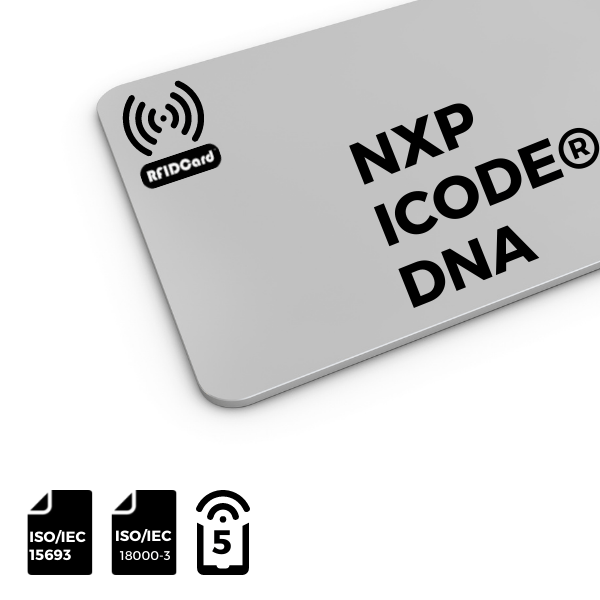
RFID Card NXP ICODE®DNA ISO15693 | NFC Type 5 CR80
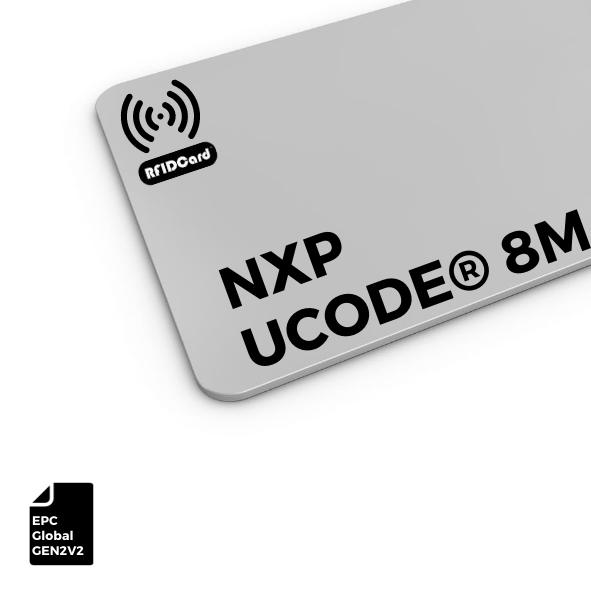
RFID Card UHF NXP UCODE®8M
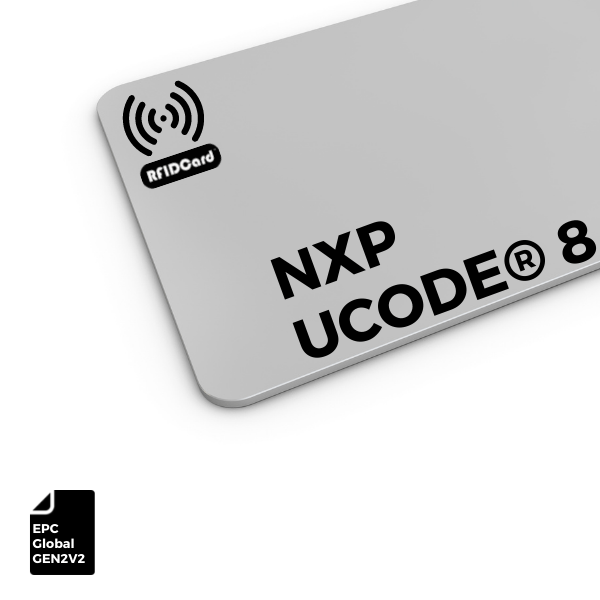
UHF RFID Card NXP UCODE®8
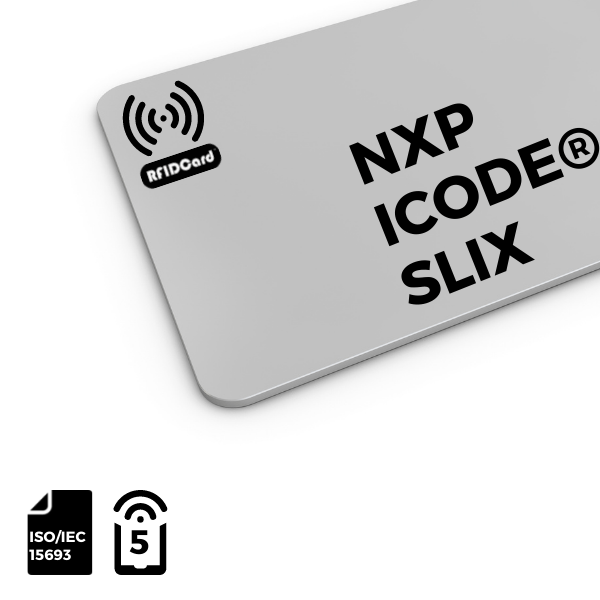
RFID Card CR80 NXP ICODE®SLIX ISO15693 | NFC Type 5
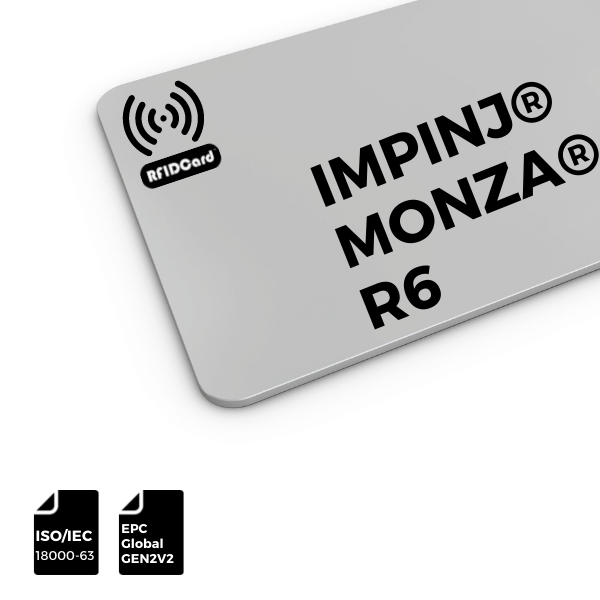
UHF RFID Card IMPINJ®MONZA®R6

RFID Card IMPINJ®UHF MONZA®5
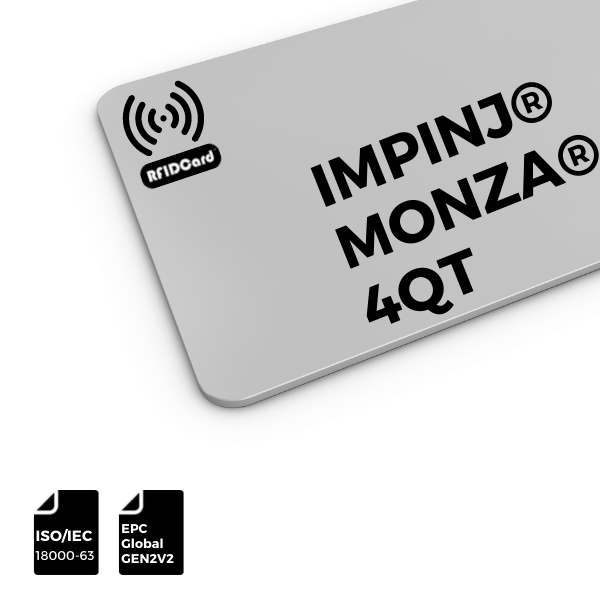
UHF RFID Card IMPINJ®MONZA®4QT
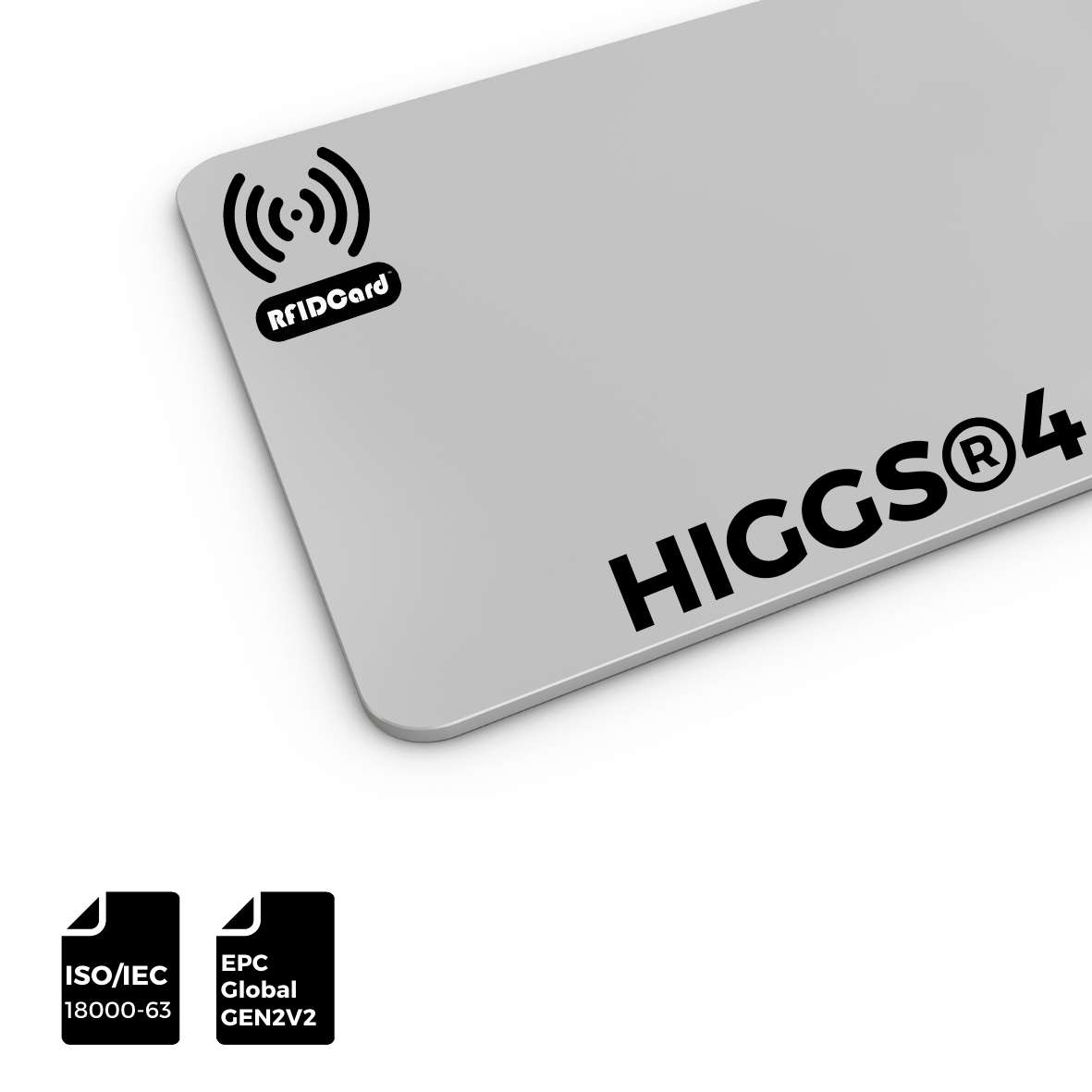

RFID Antenna UHF
15-Meter Cable for UHF RFID Fixed Reader
UHF Tag
4″x2″ 860-960MHz UHF RFID Label RFID M4D
UHF Tag
4″x4″UHF RFID Label Alien H3 | ISO18000-6C
RFID Antenna UHF
5-Meter Cable for UHF RFID Fixed Reader
HF Card
ABS RFID KEY-FOB Tag RFID Classic 1K
HF Card
ABS RFID KEY-FOB Tag RFID Classic 4K
HF Card
ABS RFID KEY-FOB Tag RFID Ultralight C
HF Tag
ABS RFID KEY-FOB Tag RFID Ultralight EV1
LF Card
ABS RFID KEY-FOB Tag ATA5577
LF Card
ABS RFID KEY-FOB Tag EM4200
HF Card
ABS RFID KEY-FOB Tag EM4305
HF Card
ABS RFID KEY-FOB Tag RFID TAG 213